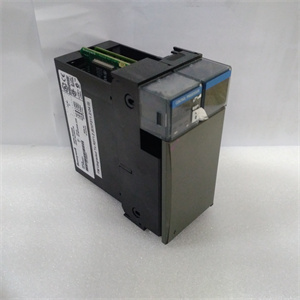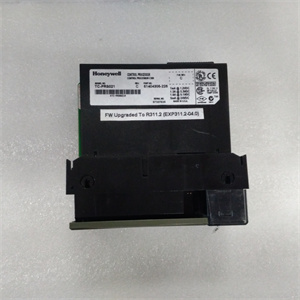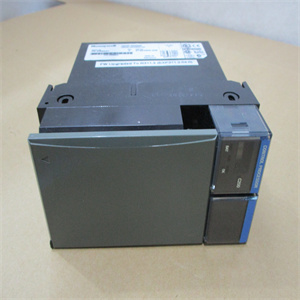产品展示
联系我们
联系人:陈柳铭
手机:15579209656
电话:
Q Q:3136378118
邮箱:3136378118@qq.com
地址:江西省九江市瑞昌市东益路23号赛湖农商城401号
MU-TDOD13
传感器可以与控制器分离或作为控制器的一部分,并位于受控介质中。传感器测量受控变量的值,并将结果信号发送给控制器。控制器接收传感器信号,将其与期望值或设定点进行比较,并生成校正信号以指导受控设备的操作。受控设备改变控制代理,以调节产生所需条件的控制设备的输出。HVAC应用程序使用两种类型的控制回路:打开和关闭。开环系统假定受控条件和外部条件之间存在固定关系。开环控制的一个例子是根据室外空气温度传感器的输入控制周边辐射加热。当室外空气温度降至规定设置时,循环泵和锅炉通电,水温或流量根据室外温度按比例控制。开环系统不考虑内部热增量、渗透/渗出、太阳能增量或建筑中其他变化变量引起的空间条件变化。单独的开环控制不能提供闭合控制,可能导致过热或过热。因此,开环系统在住宅或商业应用中并不常见。闭环系统依靠测量受控变量来改变控制器输出。图19显示了闭环系统的框图。闭环控制的一个示例是管道中的排气温度,该温度确定流向加热盘管的热水流量,以将排气温度保持在控制器设定值。



The sensor can be separate from or part of the controller and is located in the controlled medium. The sensor measures the value of the controlled variable and sends the resulting signal to the controller. The controller receives the sensor signal, compares it to the desired value, or setpoint, and generates a correction signal to direct the operation of the controlled device. The controlled device varies the control agent to regulate the output of the control equipment that produces the desired condition. HVAC applications use two types of control loops: open and closed. An open-loop system assumes a fixed relationship between a controlled condition and an external condition. An example of open-loop control would be the control of perimeter radiation heating based on an input from an outdoor air temperature sensor. A circulating pump and boiler are energized when an outdoor air temperature drops to a specified setting, and the water temperature or flow is proportionally controlled as a function of the outdoor temperature. An open-loop system does not take into account changing space conditions from internal heat gains, infiltration/exfiltration, solar gain, or other changing variables in the building. Open-loop control alone does not provide close control and may result in underheating or overheating. For this reason, open-loop systems are not common in residential or commercial applications. A closed-loop system relies on measurement of the controlled variable to vary the controller output. Figure 19 shows a block diagram of a closed-loop system. An example of closed-loop control would be the temperature of discharge air in a duct determining the flow of hot water to the heating coils to maintain the discharge temperature at a controller setpoint.
相关产品










